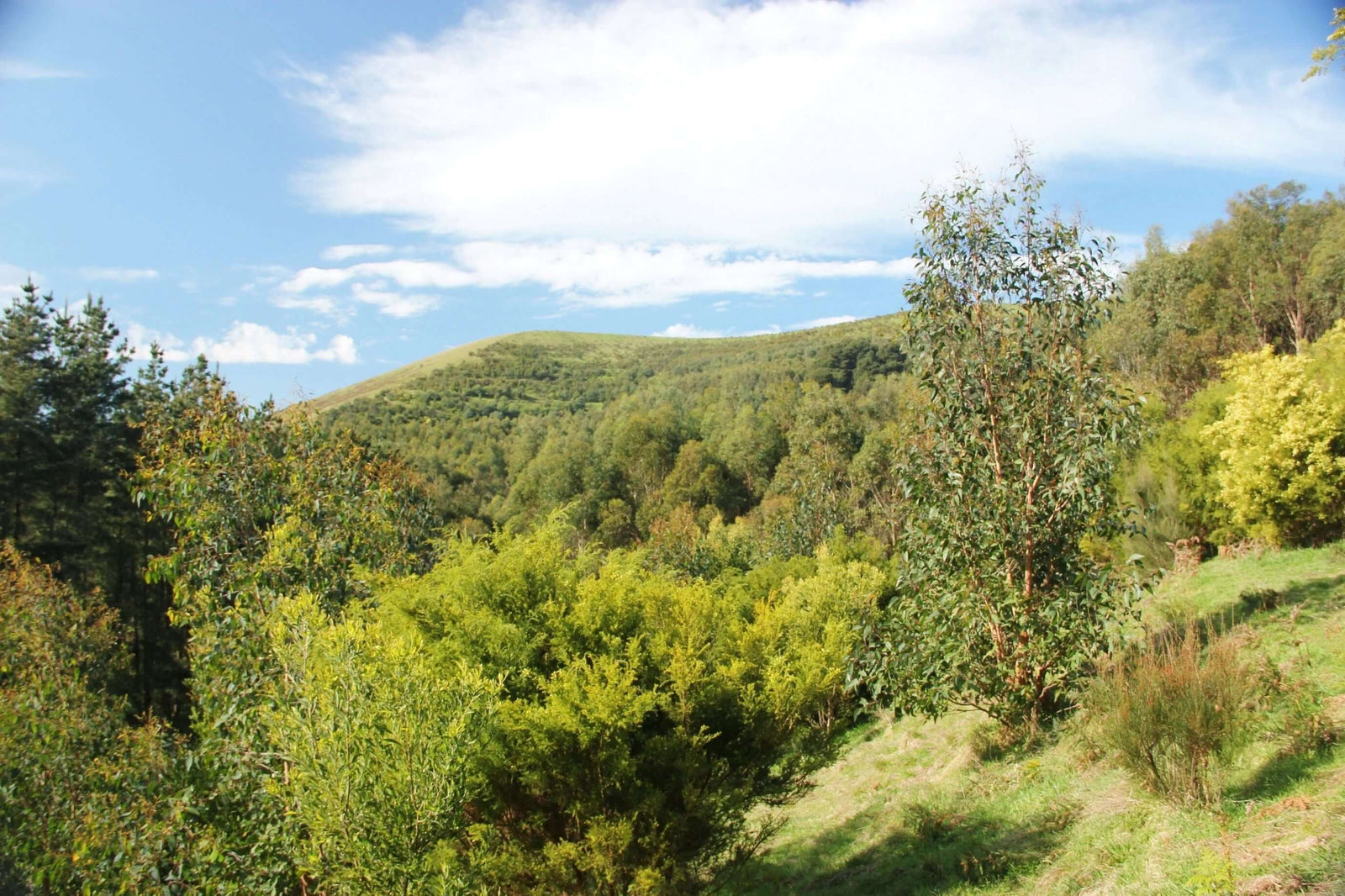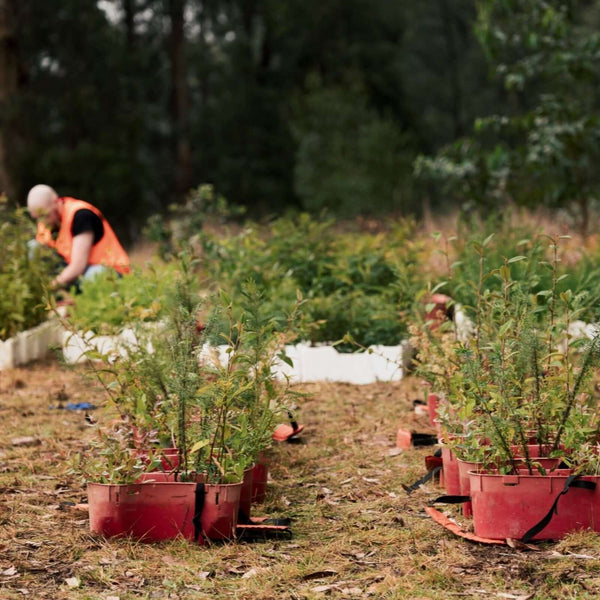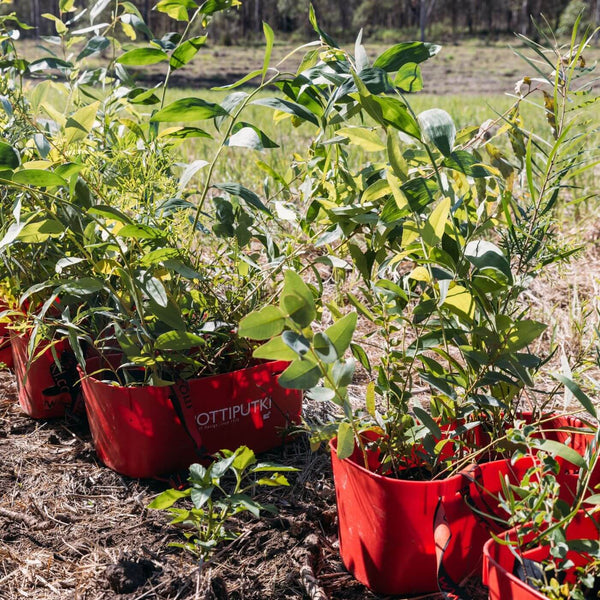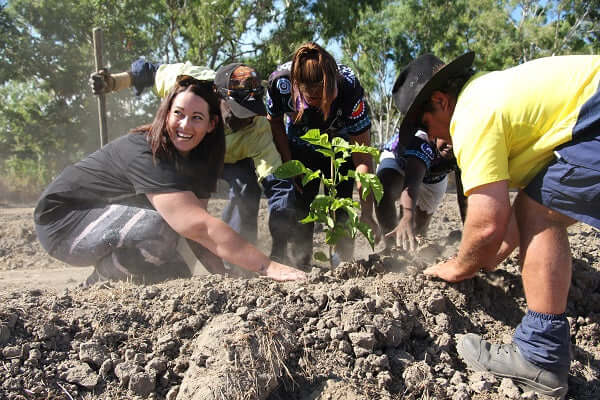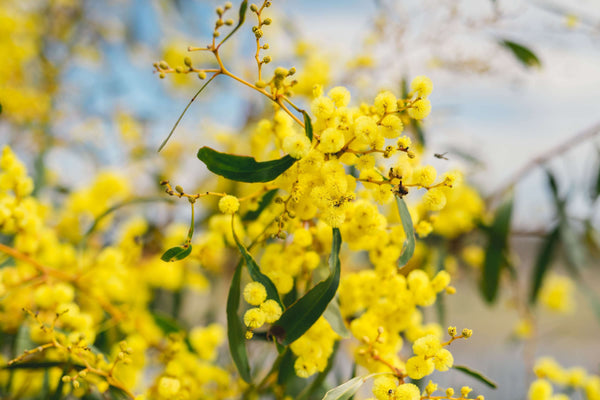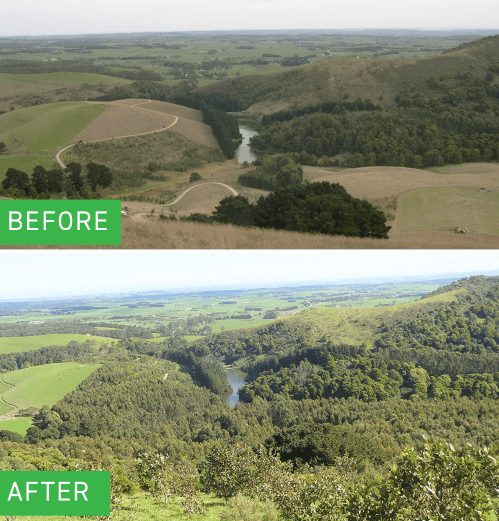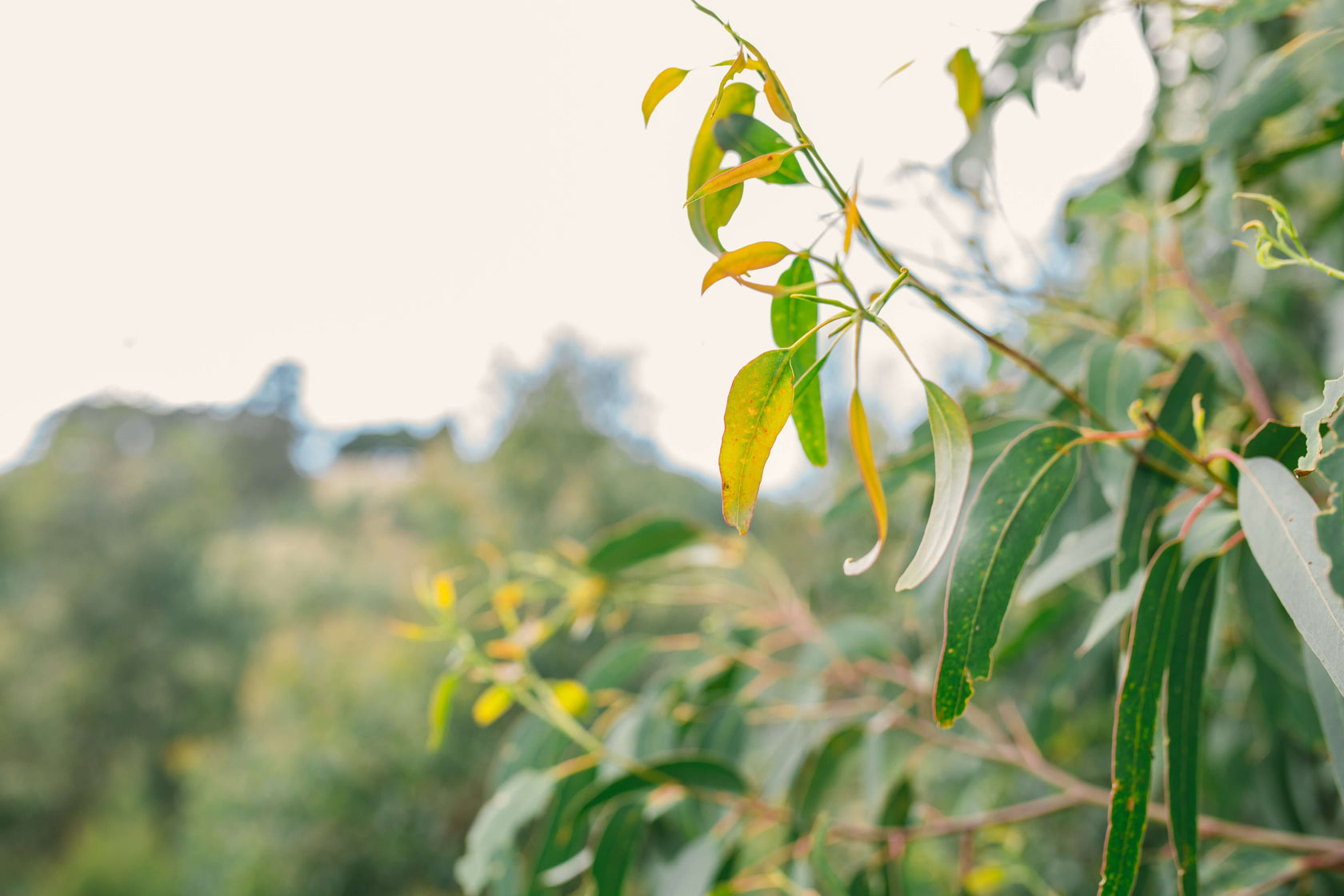Greenfleet Is Contributing To The United Nations' Sustainable Development Goals
As a leading not-for-profit environmental organisation, Greenfleet’s focus is on protecting our climate by restoring our forests. An additional benefit of taking climate action with Greenfleet is that you are contributing to the United Nation’s Sustainable Development Goals (SDGs).
The goals were adopted by the United Nations Member States to design a more sustainable future for all people, animals, and ecosystems. See below some of the goals that Greenfleet is contributing to through our work in restoring native, biodiverse forests.


